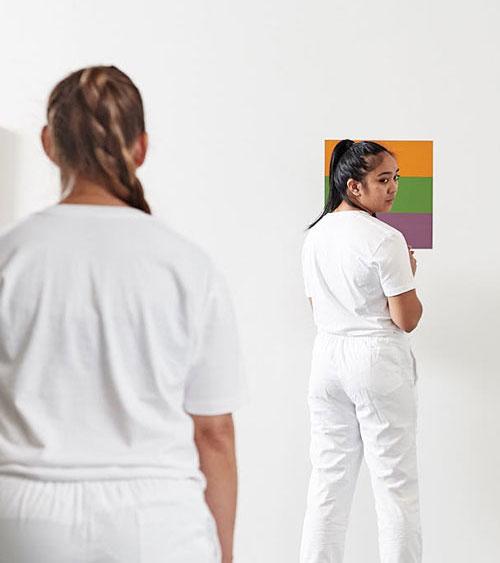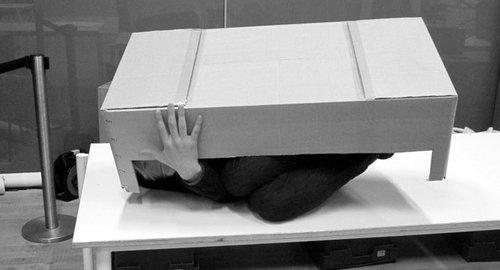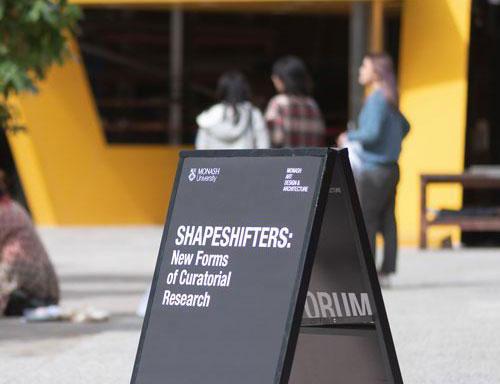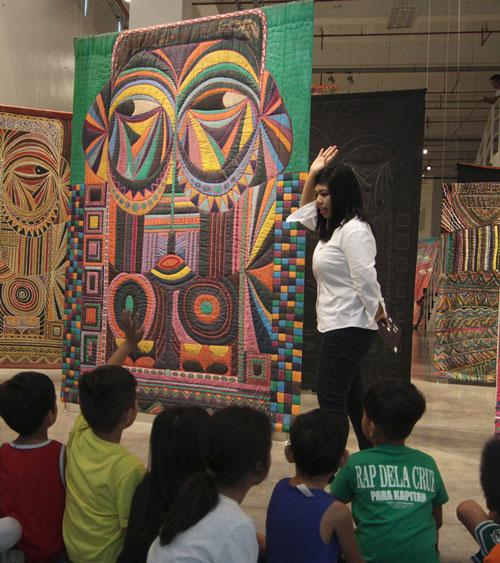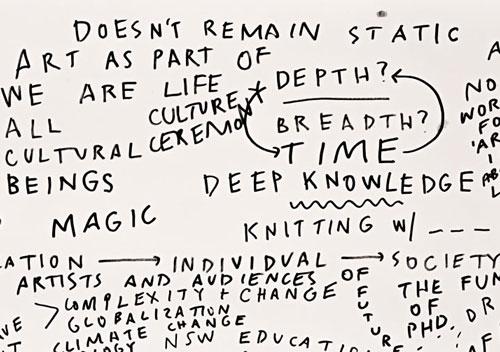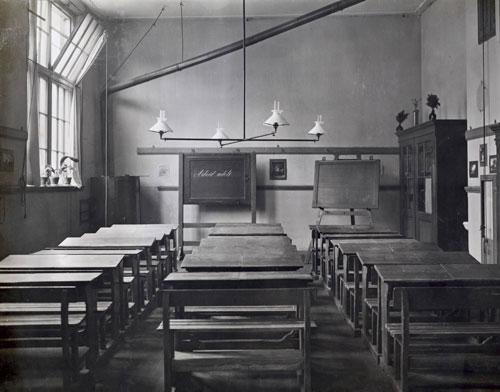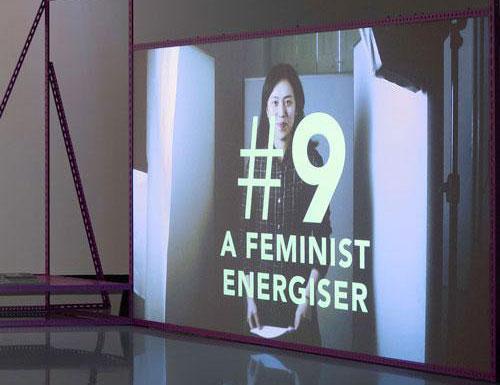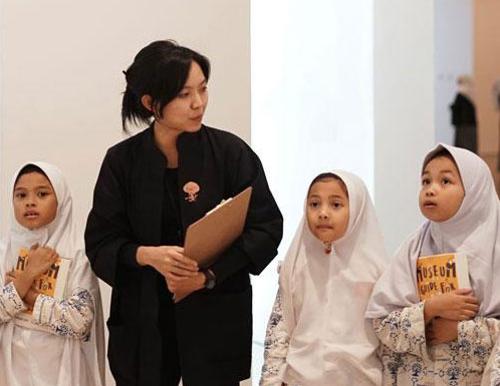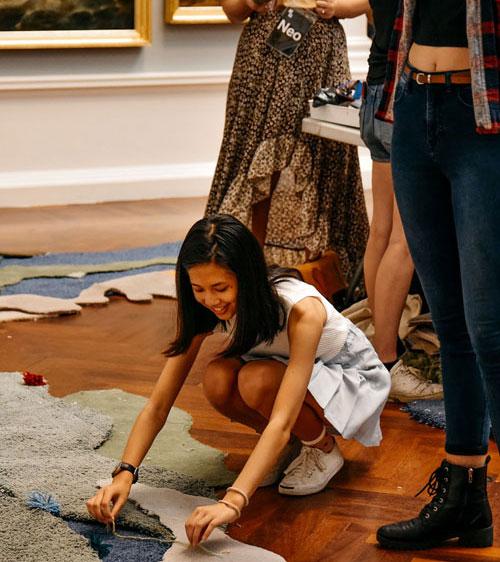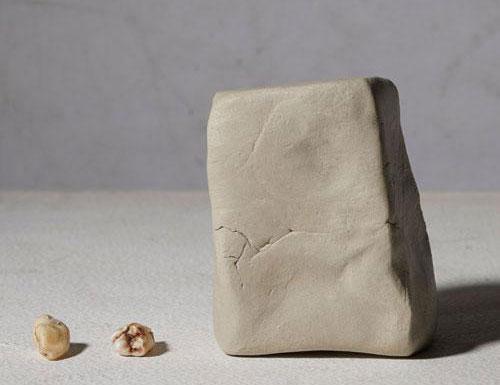Agatha Gothe‑Snape: On art and education
Eve Sullivan___How did you become the creative lead for the Kaldor Public Art Project Symposium on Art Education? What did this entail?
Agatha Gothe‑Snape___I was invited by Kaldor Public Art Projects to participate (or intervene) in the program as an artist. Throughout the development and planning of the event I spent time “in residency” in the KPAP office as a kind of “participant–observer.” I also did research into the current discourses around art and education, reflecting upon my own experiences and those of others, and spoke to primary and secondary school teachers about their approaches to teaching art.

